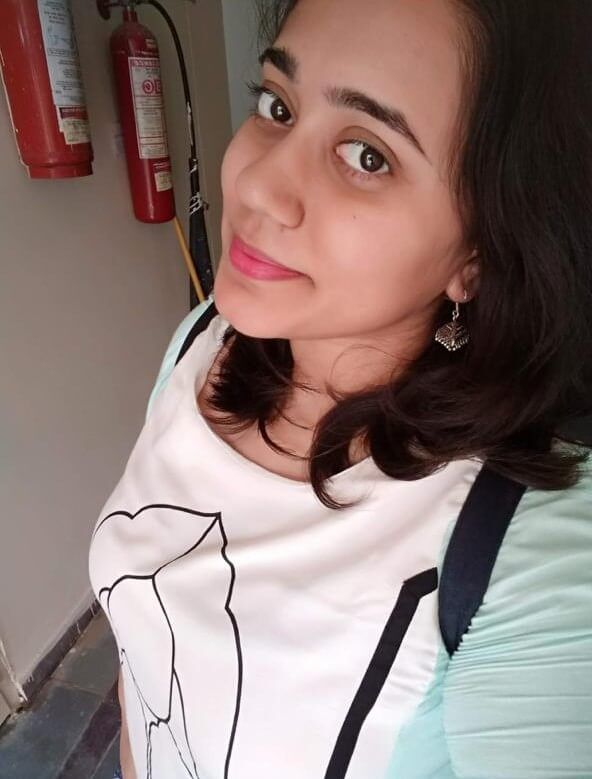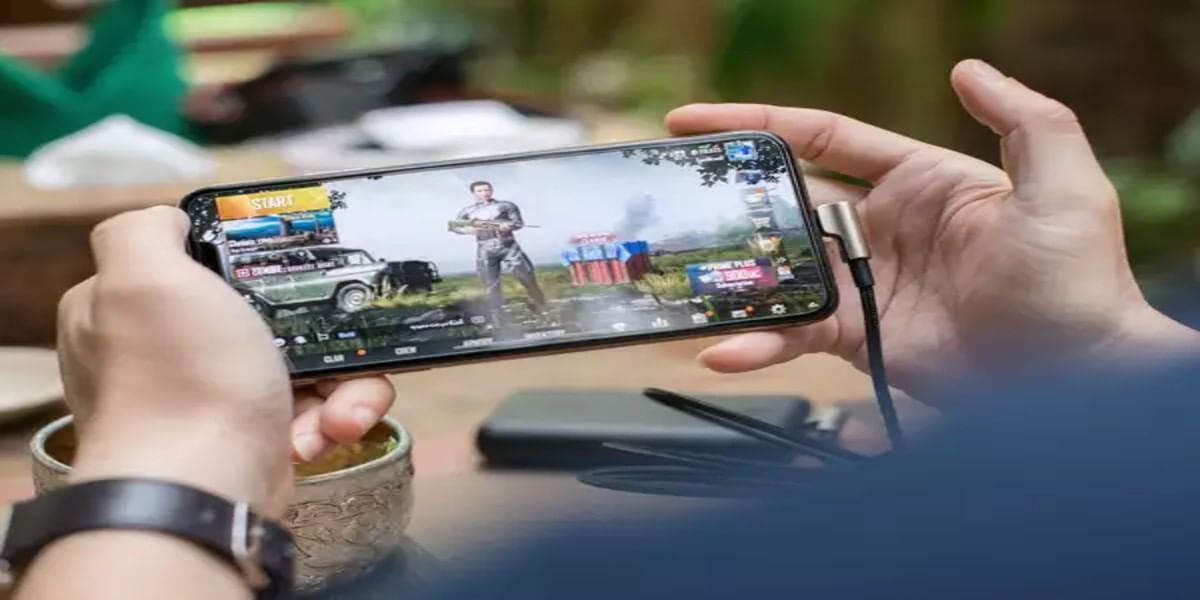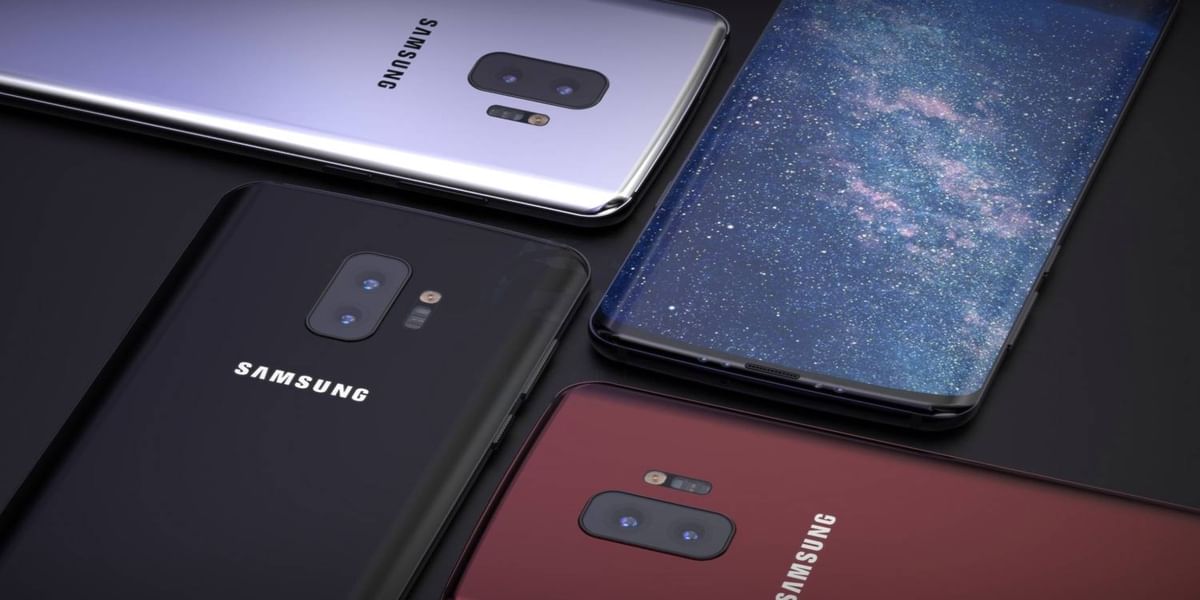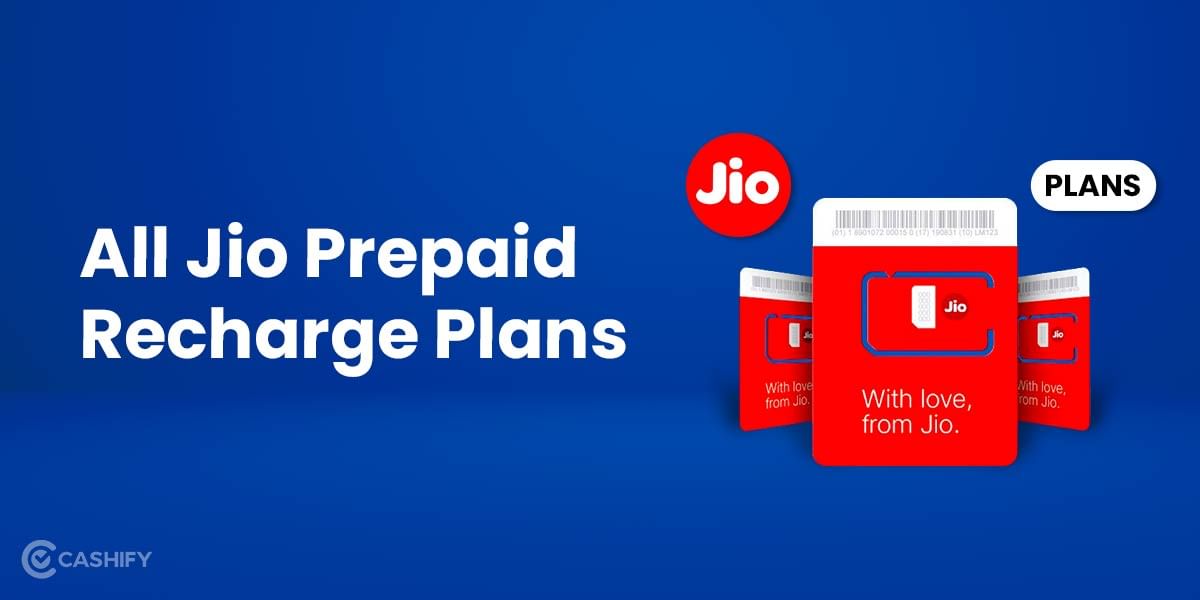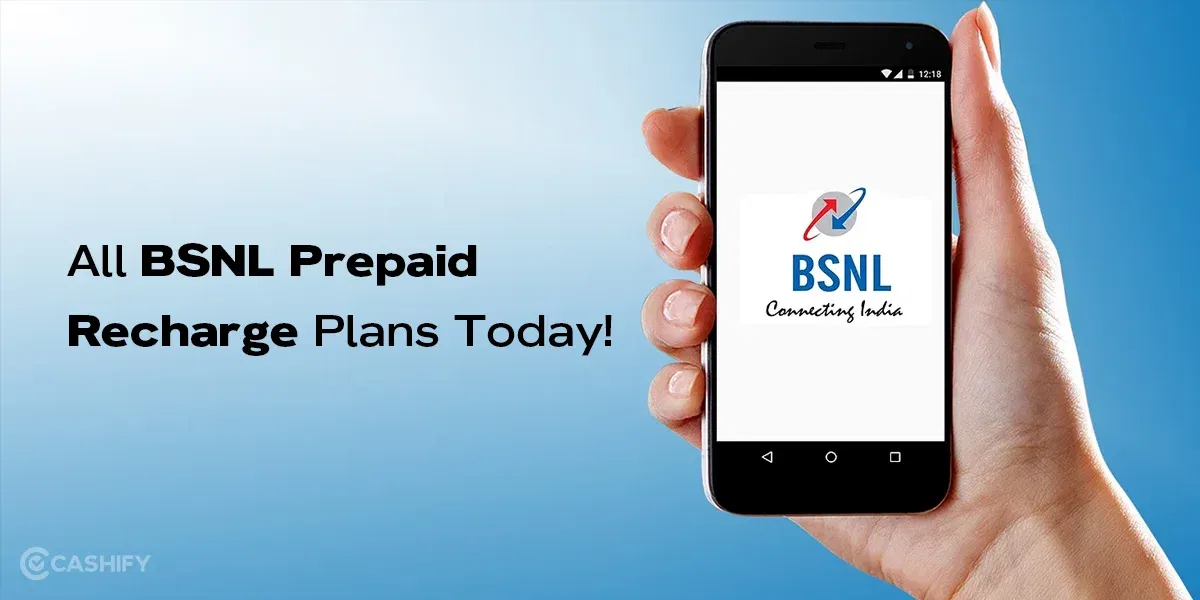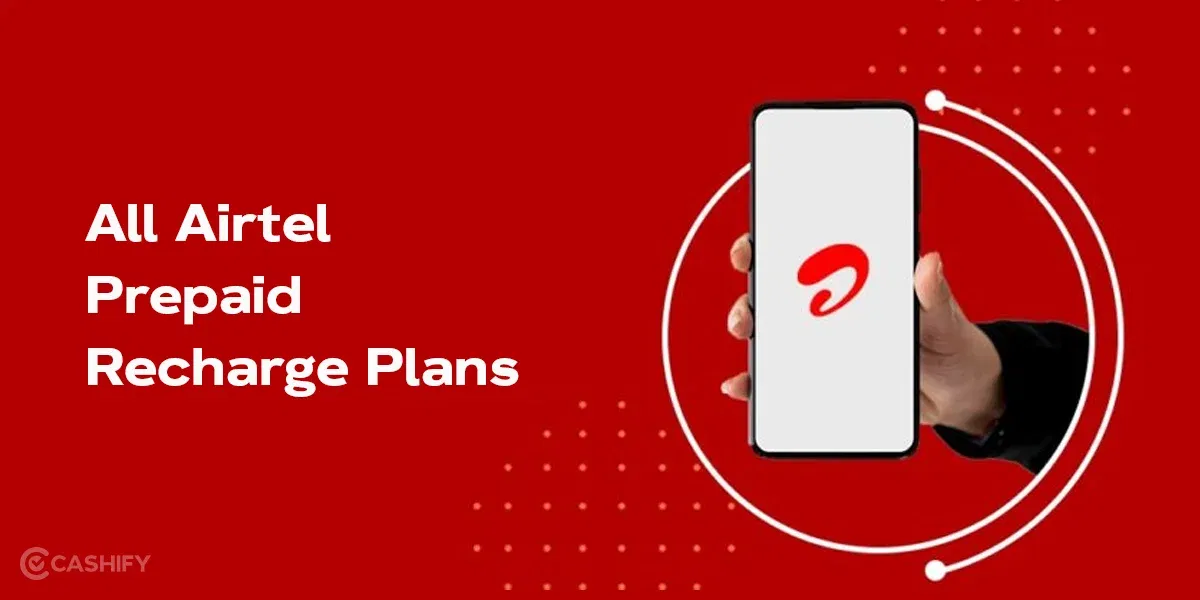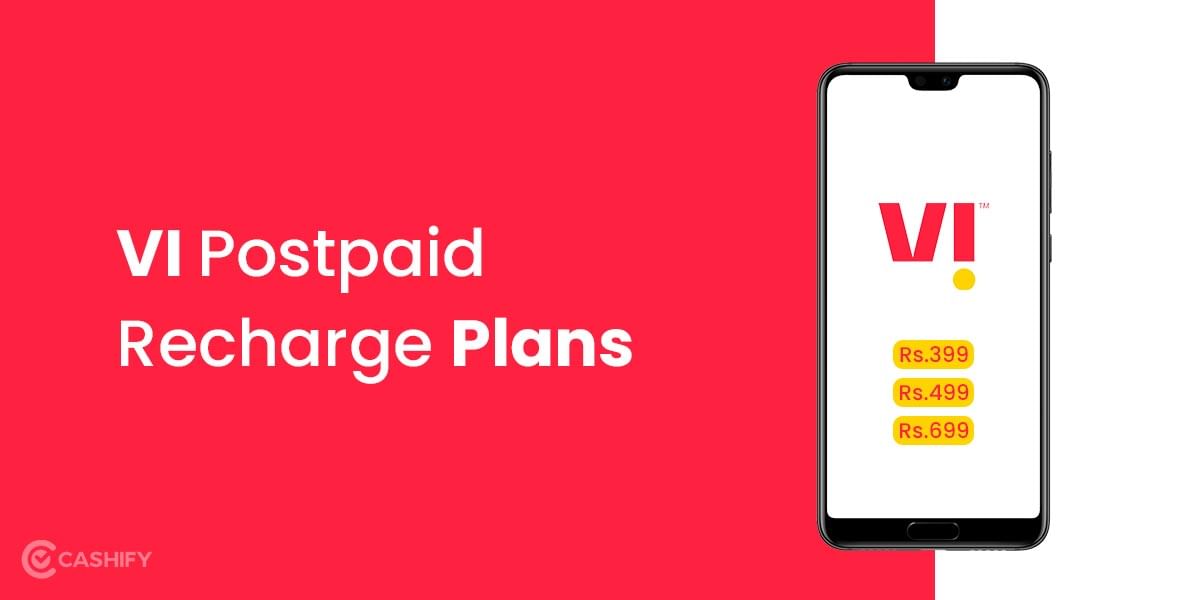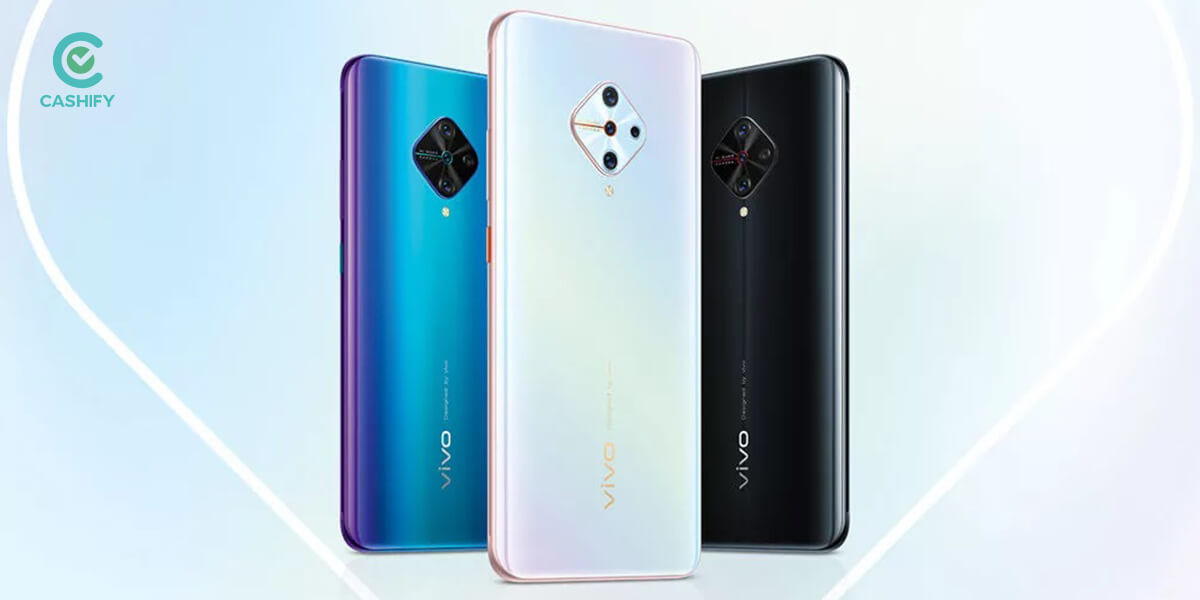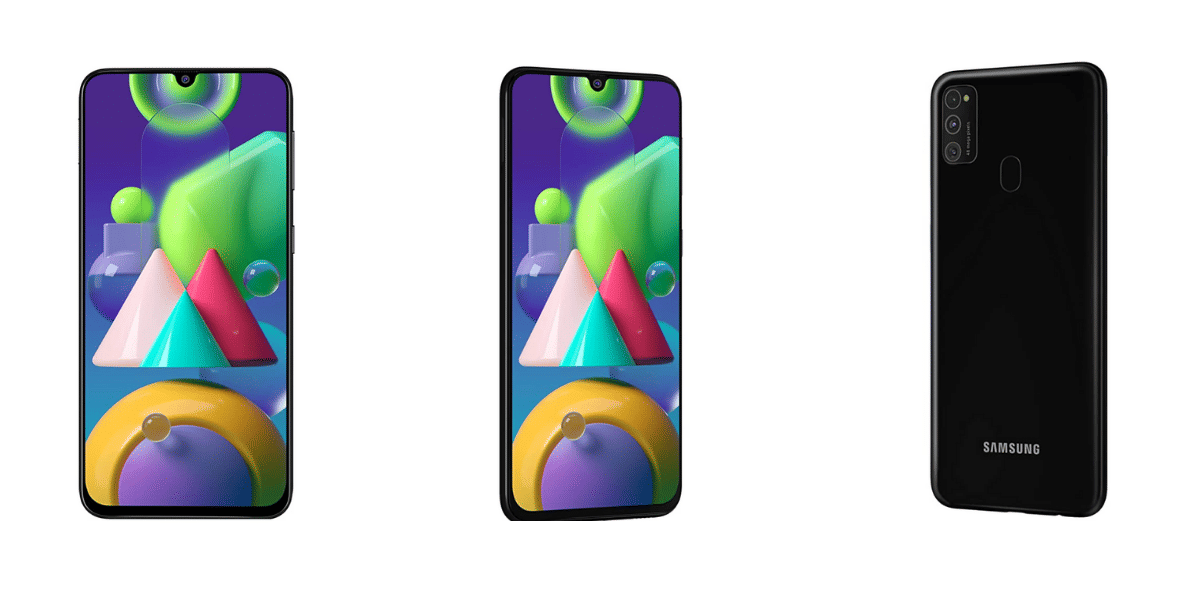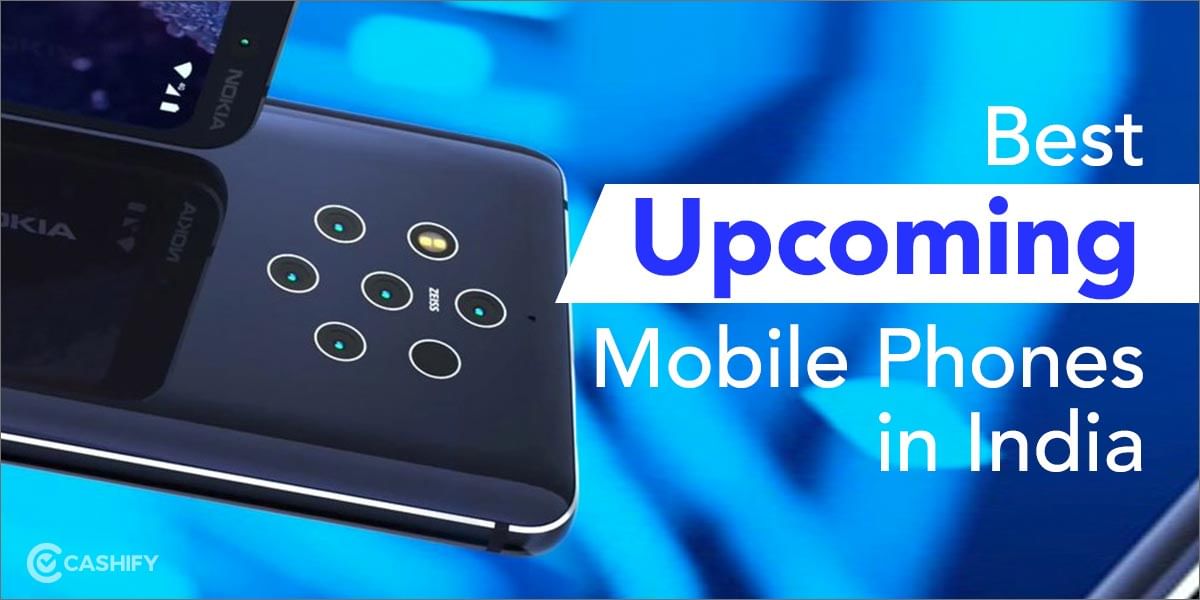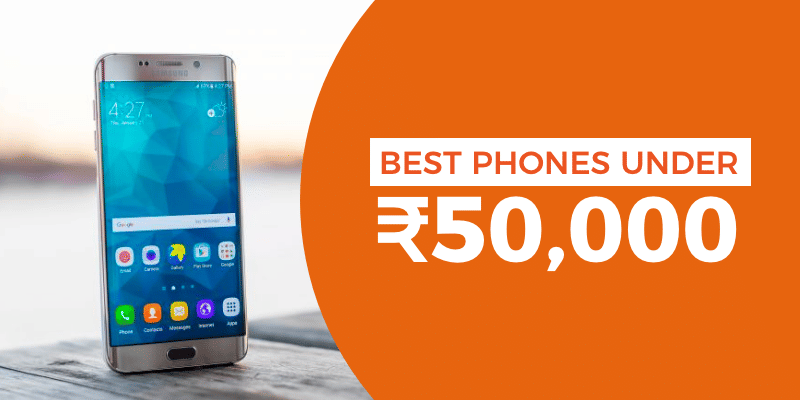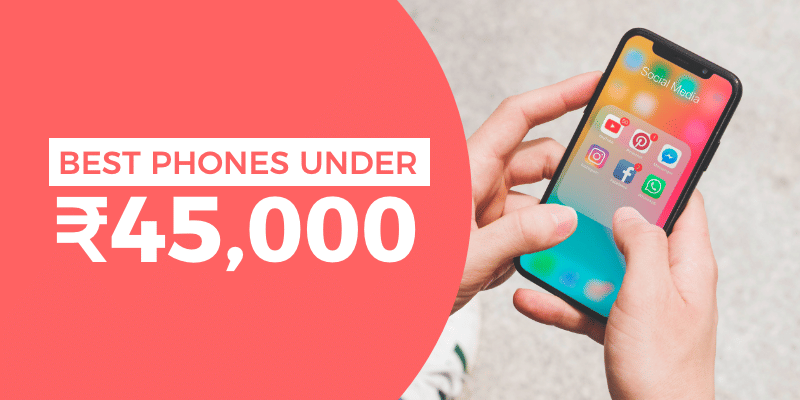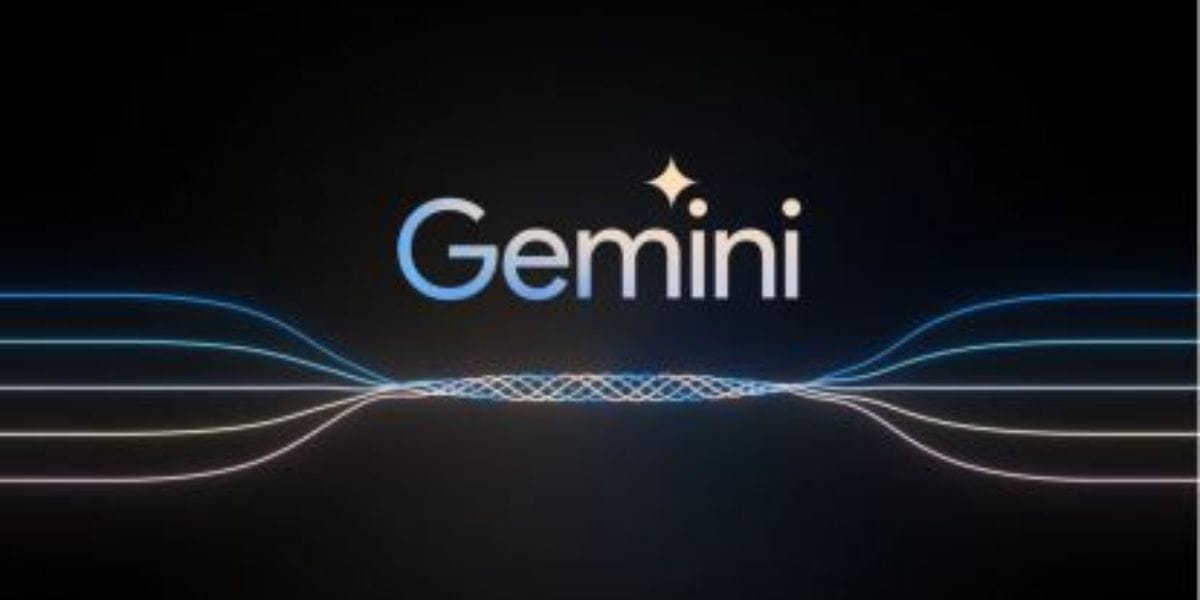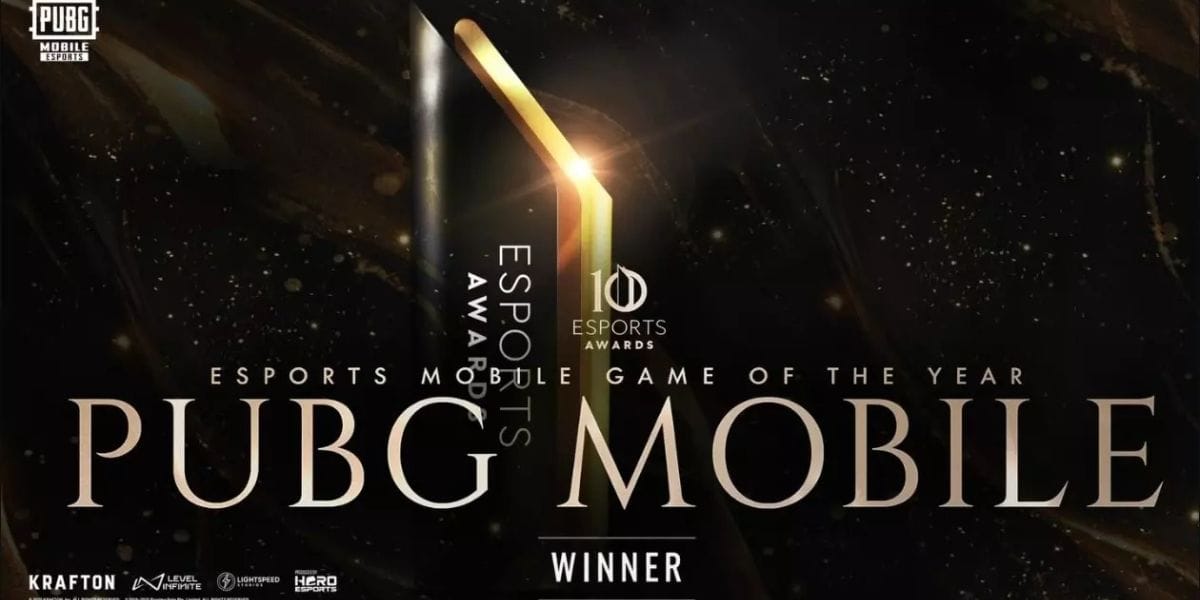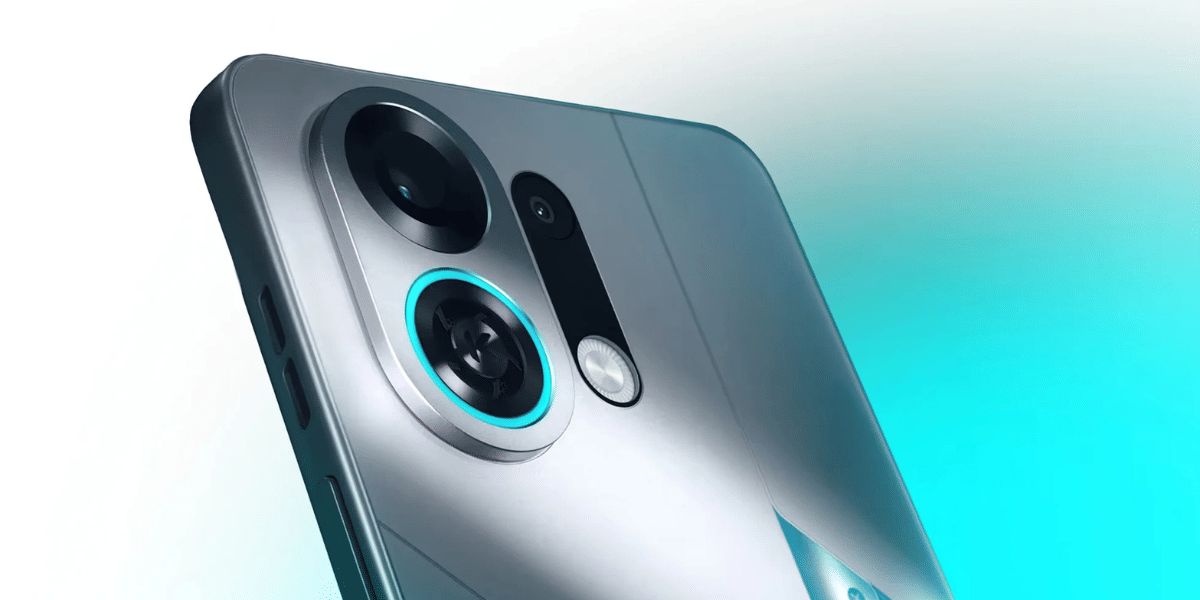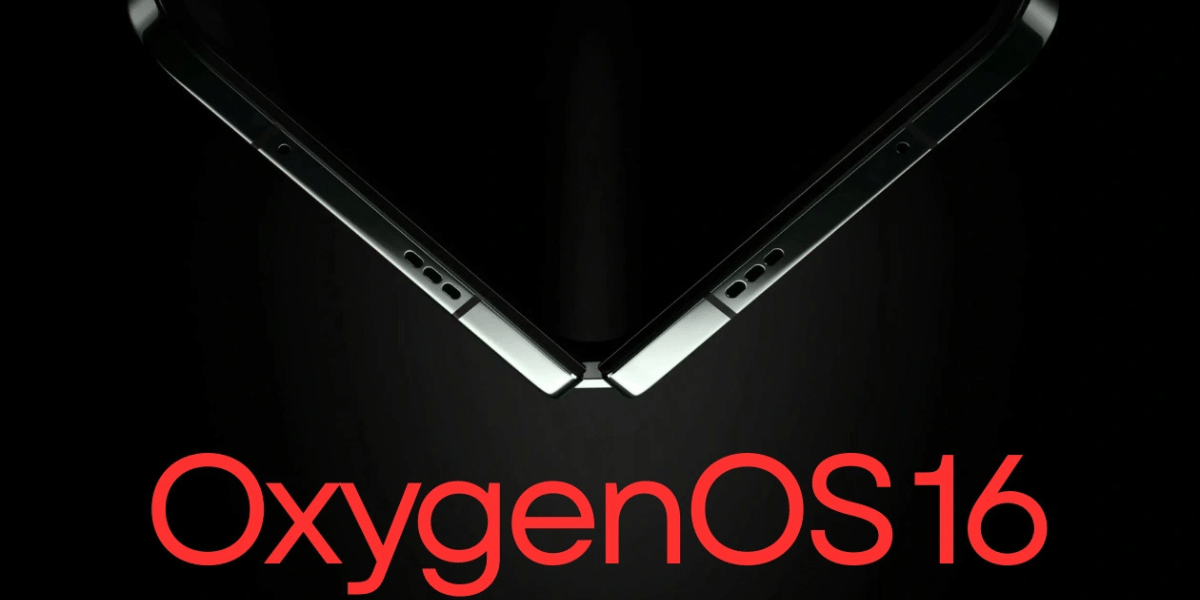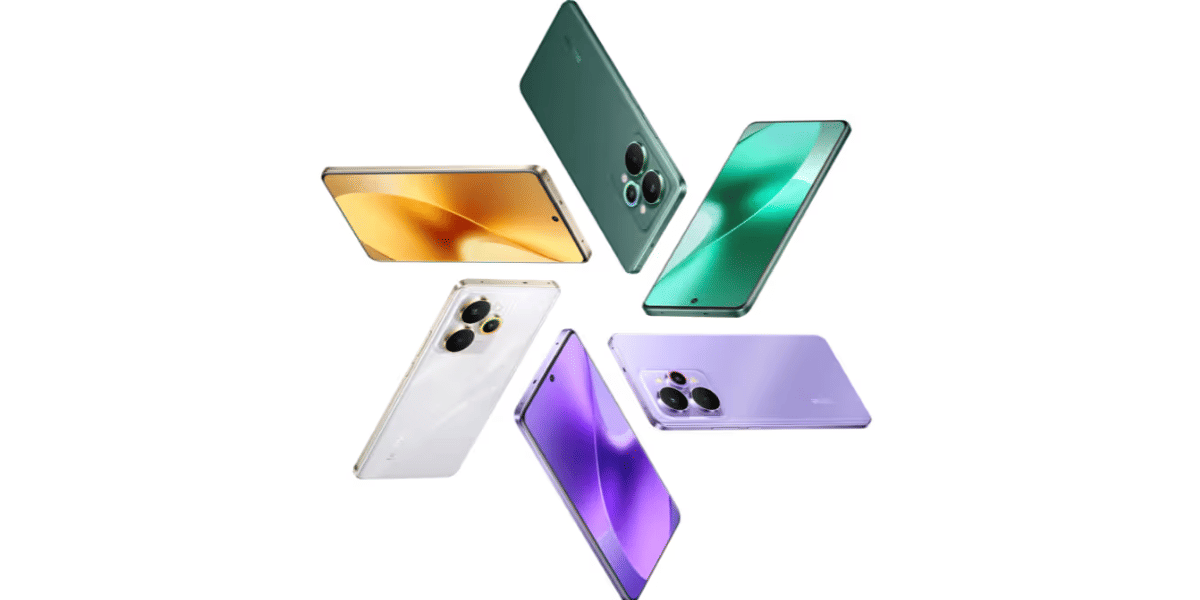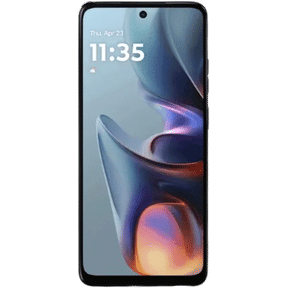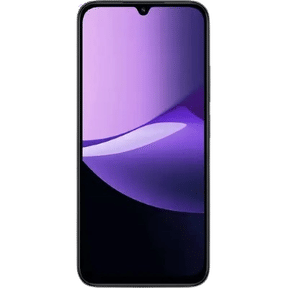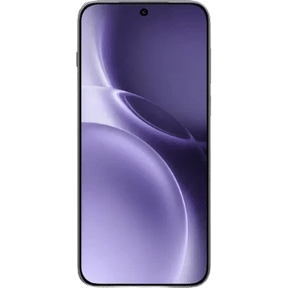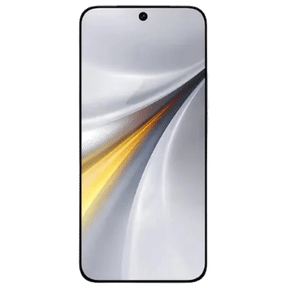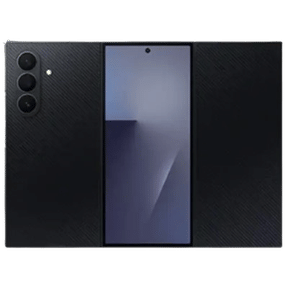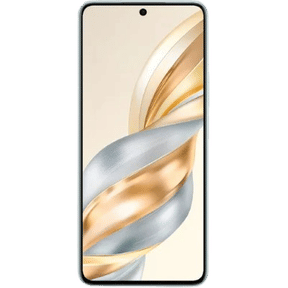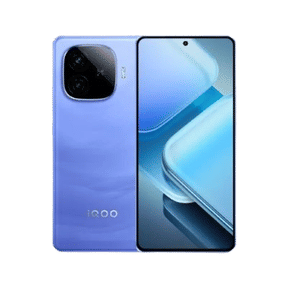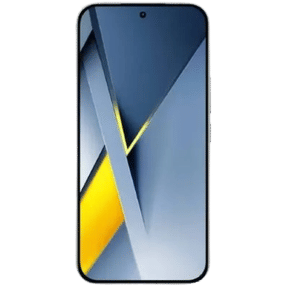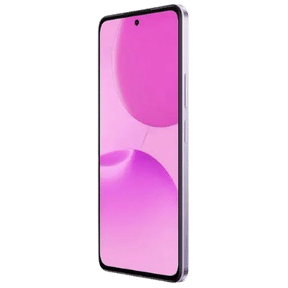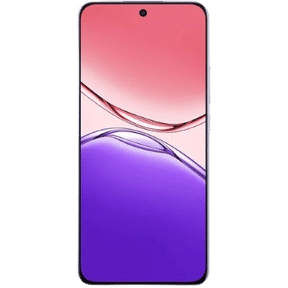It is no news that the popularity of PUBG Mobile is much more than that of PUBG Lite. The latter is a toned-down version of the massively popular PUBG Mobile that requires at least 2GB of RAM and 2GB of onboard storage to run the game.
Also Read: OxygenOS 11 Preview: Key Features, Release Date and more
But the two of them have major differences in their versions. Lite is basically a cut-down or stripped down version of PUBG Mobile. It has been made in such a way so that it can run on low-end smartphones.
Here’s a list of differences in both the versions of PUBG Mobile:
Requirements, App Size:
PUBG Mobile needs at least 2 GB of RAM to run. The processor of the phone is also very important for higher frame rates if you want to play. It is ideal to have more RAM to play with decent graphics.
On the other hand, Lite is developed keeping low-end phones in mind. So, the game can work well on phones with less than 2GB RAM. This version requires just 500MB of free space to install it.
However, the PUBG Mobile version size is 2.04GB to download and takes about 2.22GB on the phone. Whereas, Lite is only around 491MB to download and takes 590MB storage space when installed.
Also Read: Leaked: OnePlus 8T Renders
Gaming modes, Maps, and Perspective:
They look very similar when you start the game but there are some obvious differences. Lite has two gaming modes — Arcade and Classic. Classic has one map, Erangel, whereas Arcade got one; that is War, which gets unlocked when you reach level 10.
Whereas, the PUBG Mobile comes with three game modes – Classic, Arcade, and EvoGround. In Classic, you will get four maps – Erangel, Miramar, Sanhok, and Vikendi. In Arcade, there is War, Mini-Zone, Quick Match, and Sniper Training. EvoGround also includes three maps – TDM: Warehouse, Zombie: Darkest Night, and Zombie: Survive Till Dawn 2.
The maps of PUBG Mobile and Lite are also different. Lite has a much smaller map which is 2km x 2km in size.
Also Read: POCO X3 NFC Receives Bluetooth SIG Certification
Also, with the PUBG Mobile, there is an option to choose between Third Person Perspective (TPP) and First Person Perspective (FPP), each of which slightly changes the available maps and there is no Arcade mode for FPP.
Gameplay, time limit:
PUBG Lite allows 60 players to drop off at a time compared to 100 players in the main version. The matches are short and do not last for more than 10 minutes.
Whereas, both version matches have a time limit for playtime. Usual PUBG Mobile matches last between 20-30 minutes with the exception of matches being held in Sanhok. However, PUBG Lite matches are much more fast-paced and exhilarating as the matches only last for 10 minutes.
Graphics:
The developers have created PUBG Lite for devices with lower specifications and a RAM of 2 GB or less. These are the two major reasons the game has lower textures. PUBG Lite also lacks options to tinker with graphics settings.
Also Read: Motorola One 5G Could Be The Most Affordable 5G Phone
Servers:
PUBG Lite currently offers Asia and South America, whereas PUBG Mobile has got Asia, Middle East, North America, South America, Europe, and KRJP. Also, the server ping time for Lite is significantly longer compared to the main version. On the same Wi-Fi network, we got 59-70ms ping for Asia server in PUBG Mobile and 110-180ms for Asia server in PUBG Mobile Lite. Similar was the case of the South America server. The game mode options on the PUBG Mobile Lite are also missing the “Match by Language” option.
PUBG Mobile with its launch introduced the Royale Pass a way for the players to get additional benefits while playing. PUBGE Lite has tried to deliver a similar experience to its users with the Winner Pass. The only difference between the two is the name and the fact that the Winner Pass will give rewards more quickly and it gets over within a month. The Royale Pass will last longer depending on what the company has planned.
Also read: Best Oppo Mobile Phones



